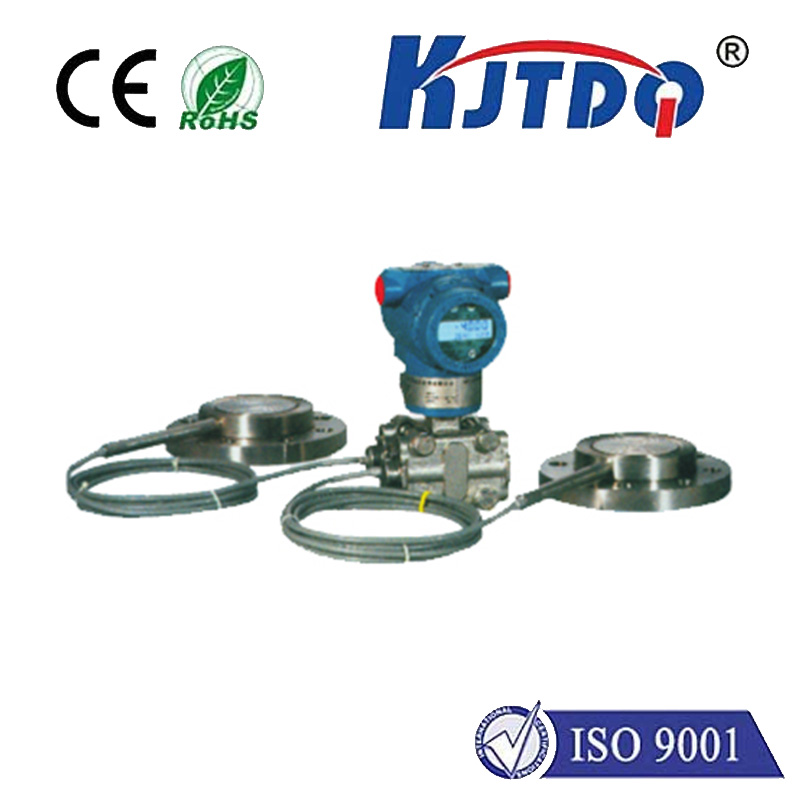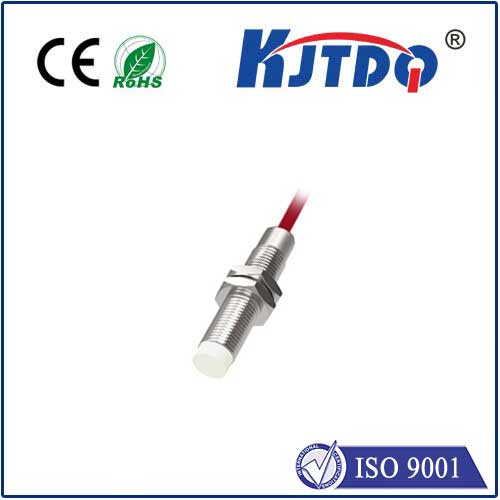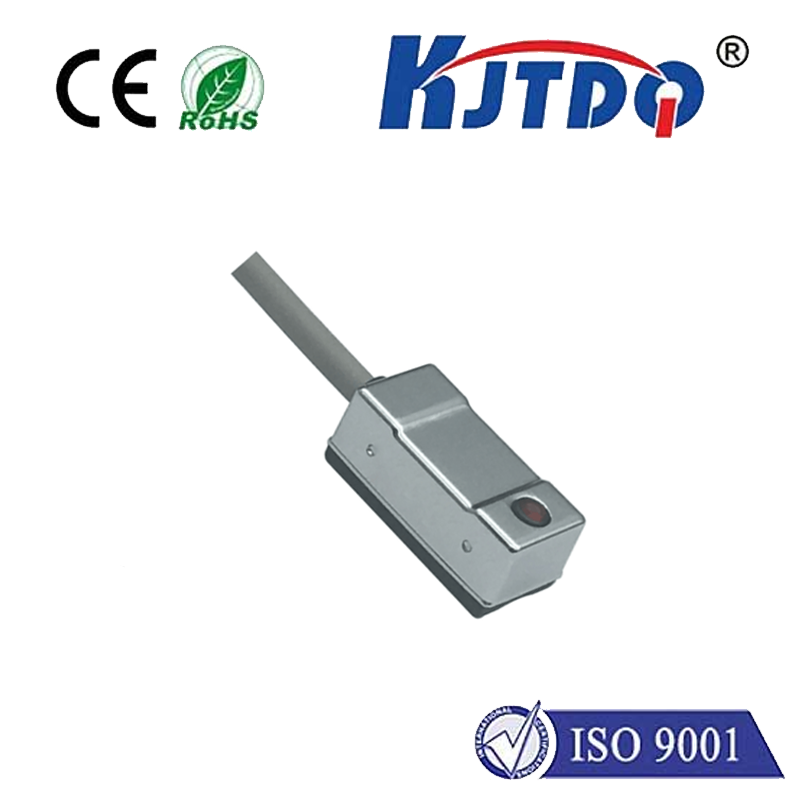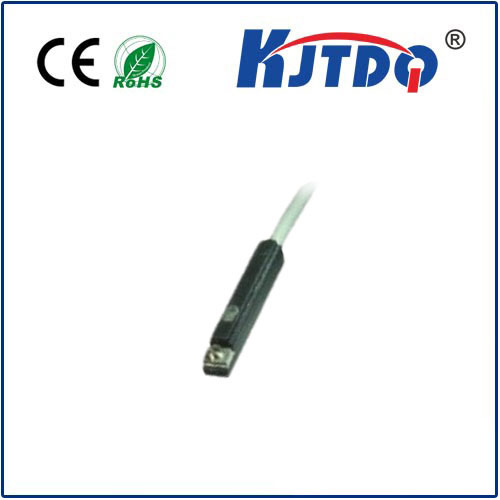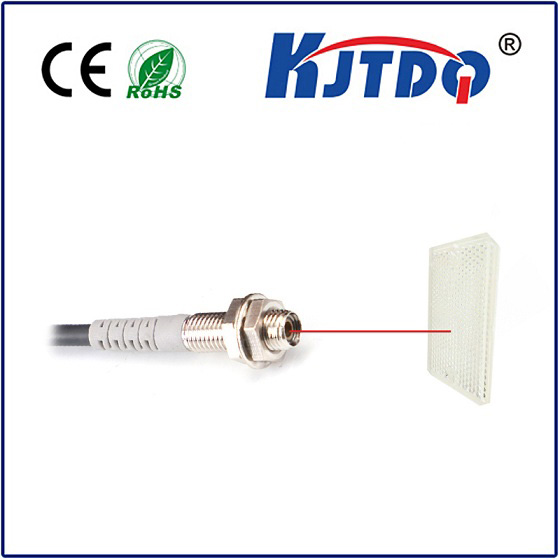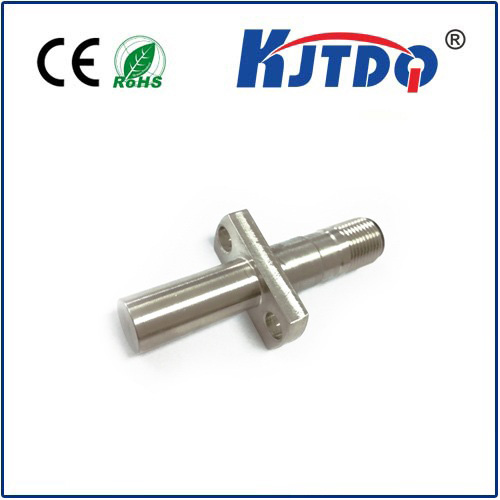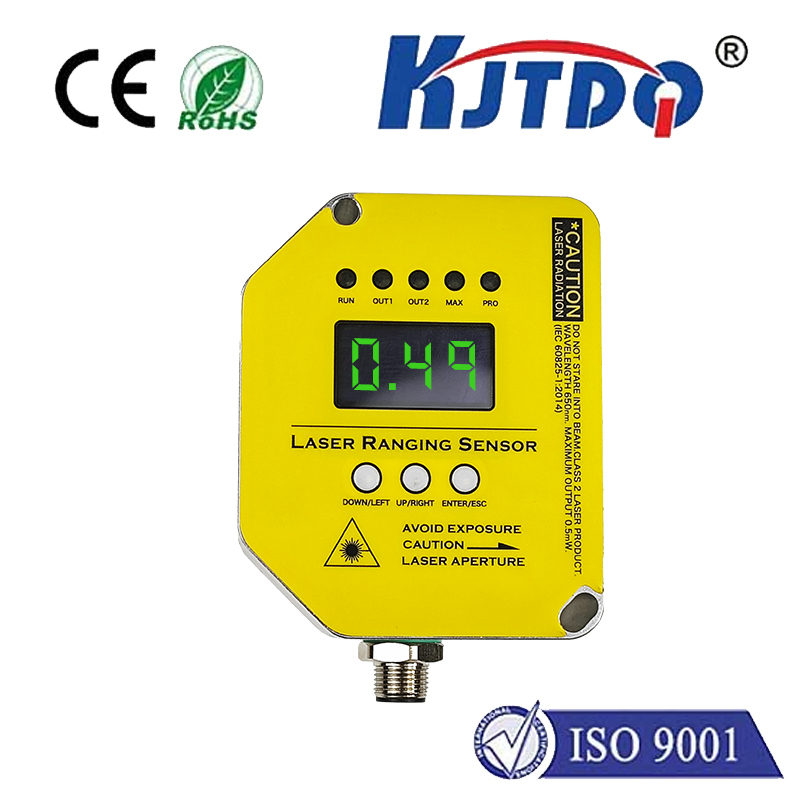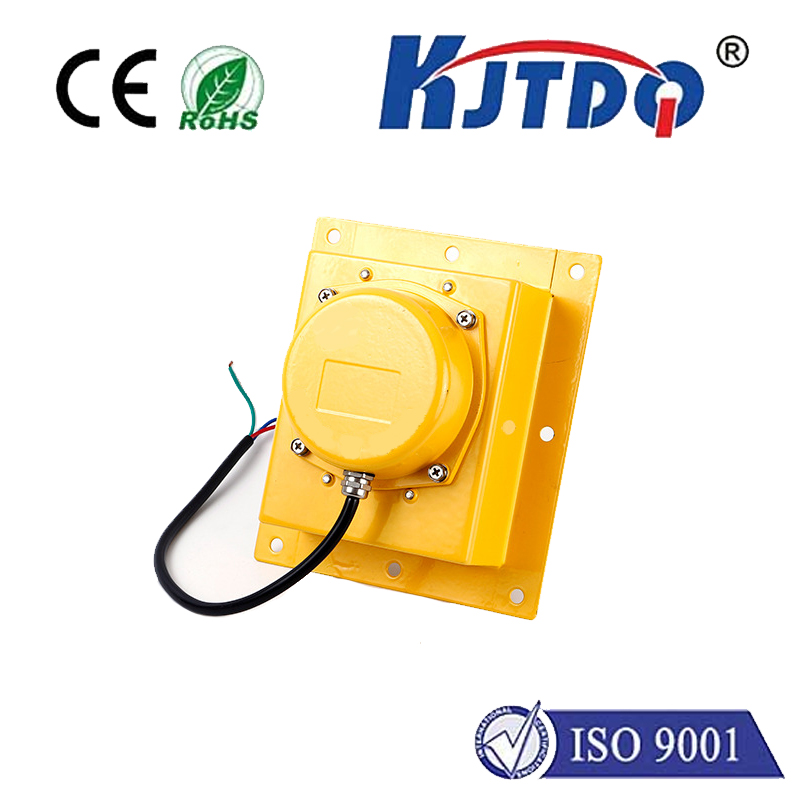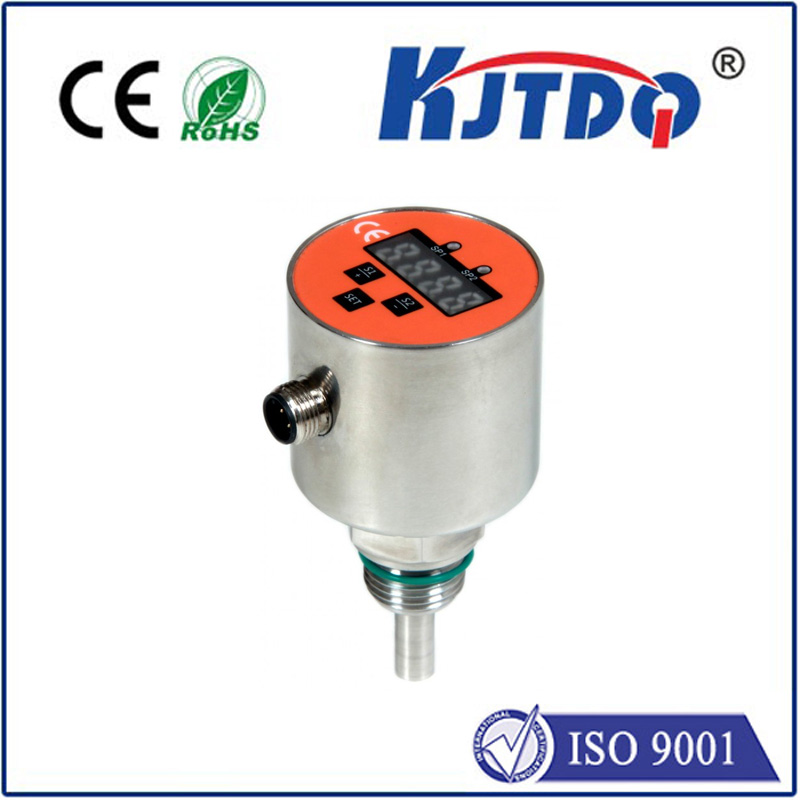DS-I II Pull rope switch
- time:2025-09-24 06:37:05
- Click:0
Industrial Guardian: How Pull Rope Switches Like DS-I II Revolutionize Conveyor Safety
Imagine a split-second decision: a worker spots a hazard – clothing snagged, a spill near moving parts, imminent danger. Their lifeline isn’t a phone call; it’s a brightly colored rope running alongside the entire conveyor line. One decisive pull halts machinery within milliseconds. This is the critical function of the pull rope switch, an unsung hero like the DS-I II, silently upholding conveyor safety and compliance standards across countless industries.
Far more than a simple button, a pull rope emergency switch is a sophisticated, fail-safe safety system integrated along the length of hazardous machinery, prominently conveyor belts. Its core purpose is crystal clear: to provide instantaneous emergency stopping capability at any point along its run. The fundamental design principle revolves around accessibility. A durable cable or rope, often vibrant yellow or red for visibility, is strung within easy reach of personnel. This rope connects at intervals to actuating mechanisms or switches housed within robust enclosures – models like the DS-I II exemplify this rugged, reliable construction.
The critical moment unfolds simply yet effectively:

- Detection & Activation: When an operator identifies an emergency, they pull the rope anywhere along its length. This action generates tension.
- Mechanical Linkage: The tension pulls a mechanical linkage or rotating mechanism within the switch housing (like the DS-I II).
- Circuit Interruption: This movement directly causes internal switch contacts, designed as normally closed (NC) in the safety loop, to forcibly open. This is the heart of the fail-safe principle.
- Immediate Shutdown: Opening these contacts breaks the critical safety control circuit feeding the machinery’s motor starter or controller. Power is immediately cut, forcing the conveyor or machine to stop dead.
This elegant design translates into powerful operational and safety advantages:
- Unmatched Accessibility: Unlike fixed emergency stop buttons, the rope provides emergency stopping capability along the entire perimeter of the hazard. Operators don’t need to run to a specific point; safety is always within arm’s reach. This drastically reduces response time during critical incidents.
- Fail-Safe Operation (Intrinsic Safety): True emergency devices demand fail-safe characteristics. Pull rope switches are meticulously engineered so that any failure likely to prevent their operation – such as rope breakage, corrosion jamming the mechanism, or loss of tension – will inherently trigger the emergency stop condition. The system defaults to safety.
- Ruggedness & Reliability: Designed for harsh industrial environments (exemplified by models like the DS-I II), these switches boast robust enclosures resistant to dust, moisture, vibration, impact, and corrosive elements. Their primary mechanical action contributes significantly to long-term dependability and minimal maintenance needs.
- OSHA & International Compliance: Implementing pull rope switches is a fundamental step towards meeting stringent worker safety regulations. Standards like OSHA in the US and various ISO/IEC norms globally explicitly require easily accessible emergency stopping devices for hazardous machinery. The DS-I II type devices are engineered precisely for this compliance.
Their application is ubiquitous wherever long or hazardous machinery operates:
- Material Handling: The undisputed king of conveyor safety. Installed along bulk handling conveyors in mining, aggregates, power plants, ports, and all manufacturing and warehouse logistics facilities.
- Production Lines: Protecting workers near assembly lines, processing equipment, palletizers, and packaging machinery.
- Processing Industries: Found in demanding sectors like wood processing, pulp and paper mills, and food production facilities.
- Heavy Machinery: Used alongside large presses, crushers, and other equipment where perimeter access for emergency stops is critical.
Maximizing Pull Rope Switch Effectiveness:
Simply installing these devices isn’t enough. Optimal safety requires:
- Strategic Placement: The rope must run within easy reach (typically defined by safety standards) along all accessible sides of the hazard. Clearance must prevent entanglement yet ensure immediate access.
- Regular Testing & Maintenance: Routine functional checks (e.g., scheduled pulls to verify shutdown) and inspections for rope damage, switch corrosion, tension integrity, and smooth operation of the mechanism (like in the DS-I II) are non-negotiable. Preventive maintenance ensures reliability.
- Clear Visibility & Employee Training: The rope should be highly visible. Crucially, all personnel must be thoroughly trained on the purpose of the rope (“Pull ONLY in Emergency”), its operation, and the critical importance of never bypassing or tampering with this safety device or its emergency stop function.
From the rugged mineshafts to bustling distribution centers, the pull rope switch remains a cornerstone of industrial safety. Its fundamental principle – providing a literal lifeline for immediate emergency stopping at any point – is irreplaceable. Devices engineered to the standards and robustness of models like the DS-I II embody this commitment. They operate silently in the background, a mechanical safety guardian ever-ready to intervene in a crisis, embodying the fail-safe principle and ensuring that when seconds count, safety is truly just a pull away. Their presence is a tangible commitment to personnel protection and operational integrity.






